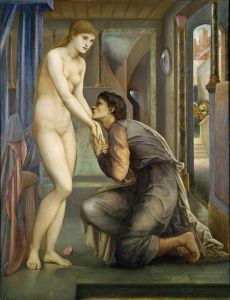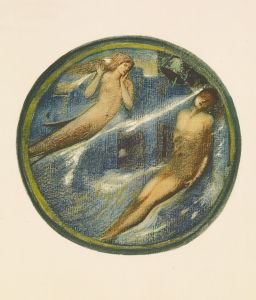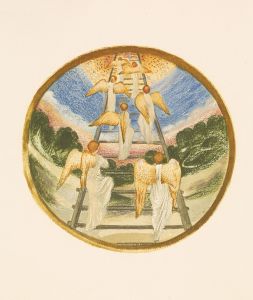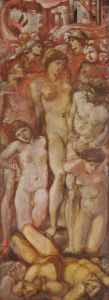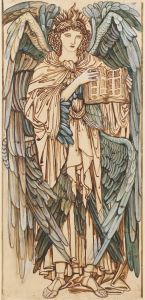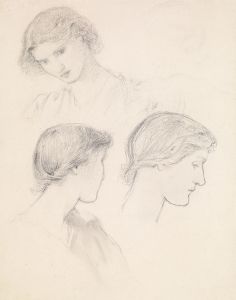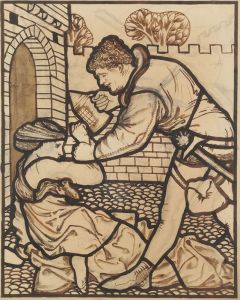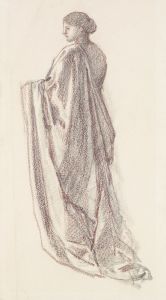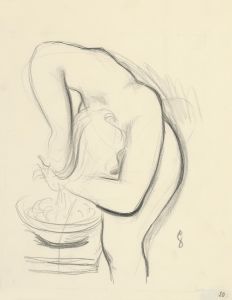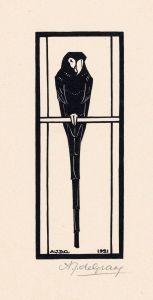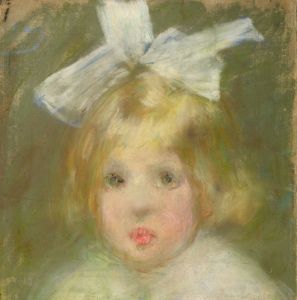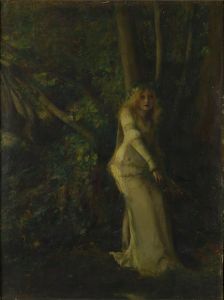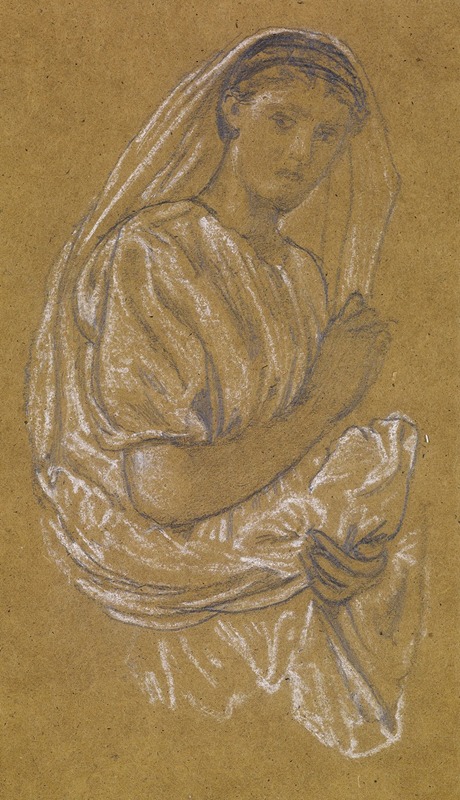
St Theophilus and the Angel – Study of a Court Lady
A hand-painted replica of Sir Edward Coley Burne-Jones’s masterpiece St Theophilus and the Angel – Study of a Court Lady, meticulously crafted by professional artists to capture the true essence of the original. Each piece is created with museum-quality canvas and rare mineral pigments, carefully painted by experienced artists with delicate brushstrokes and rich, layered colors to perfectly recreate the texture of the original artwork. Unlike machine-printed reproductions, this hand-painted version brings the painting to life, infused with the artist’s emotions and skill in every stroke. Whether for personal collection or home decoration, it instantly elevates the artistic atmosphere of any space.
Sir Edward Coley Burne-Jones was a prominent British artist and designer closely associated with the later phase of the Pre-Raphaelite movement. His work is characterized by its romantic and medieval themes, often drawing inspiration from mythology, literature, and religious subjects. One of his notable works is "St Theophilus and the Angel – Study of a Court Lady," which reflects his distinctive style and thematic interests.
"St Theophilus and the Angel" is part of a larger narrative that Burne-Jones explored in various works. The story of St. Theophilus is a medieval legend about a cleric who makes a pact with the devil but is ultimately saved by the Virgin Mary. This theme of redemption and divine intervention was a popular subject in medieval Christian art and literature, and Burne-Jones's interpretation adds a layer of romanticism and aesthetic beauty typical of his work.
The specific piece, "Study of a Court Lady," is a preparatory study for the larger composition. Burne-Jones was known for his meticulous approach to painting, often creating numerous studies and sketches before completing a final piece. These studies were crucial in developing the intricate details and compositions that characterize his work. The "Study of a Court Lady" likely served as a way for Burne-Jones to explore the attire, posture, and expression of one of the figures in the larger narrative.
Burne-Jones's art is noted for its use of rich colors, detailed patterns, and elongated forms, all of which can be seen in this study. His figures often possess a sense of ethereal beauty and otherworldliness, contributing to the dreamlike quality of his paintings. The court lady in this study would have been depicted with the elegance and grace typical of Burne-Jones's female figures, embodying the idealized beauty that was a hallmark of his style.
The Pre-Raphaelite movement, with which Burne-Jones is associated, sought to return to the detail, intense colors, and complex compositions of Quattrocento Italian art. This movement was a reaction against the academic art standards of the time, emphasizing a return to the abundant detail, intense colors, and complex compositions of pre-Renaissance art. Burne-Jones, although joining the movement later, became one of its most influential figures, contributing to its evolution and enduring legacy.
Burne-Jones's work, including "St Theophilus and the Angel – Study of a Court Lady," has been celebrated for its contribution to the revival of interest in medieval themes and its influence on the development of the Symbolist movement. His art continues to be studied and admired for its technical skill and imaginative depth.
While specific details about the "Study of a Court Lady" may be limited, it remains an important part of Burne-Jones's oeuvre, reflecting his artistic process and the thematic concerns that permeated his work. The study exemplifies his dedication to exploring complex narratives through a lens of beauty and mysticism, characteristics that have cemented his place in the history of British art.





